June 12, 2021
For the purposes of this museum, the high desert is the intermountain west bordered generally by the Colorado River Plateau to the north, the Rocky Mountains to the east, the Great Basin to the south, and the Cascade and Sierra Nevada mountain ranges to the west. It covers 1/5 of the United States.
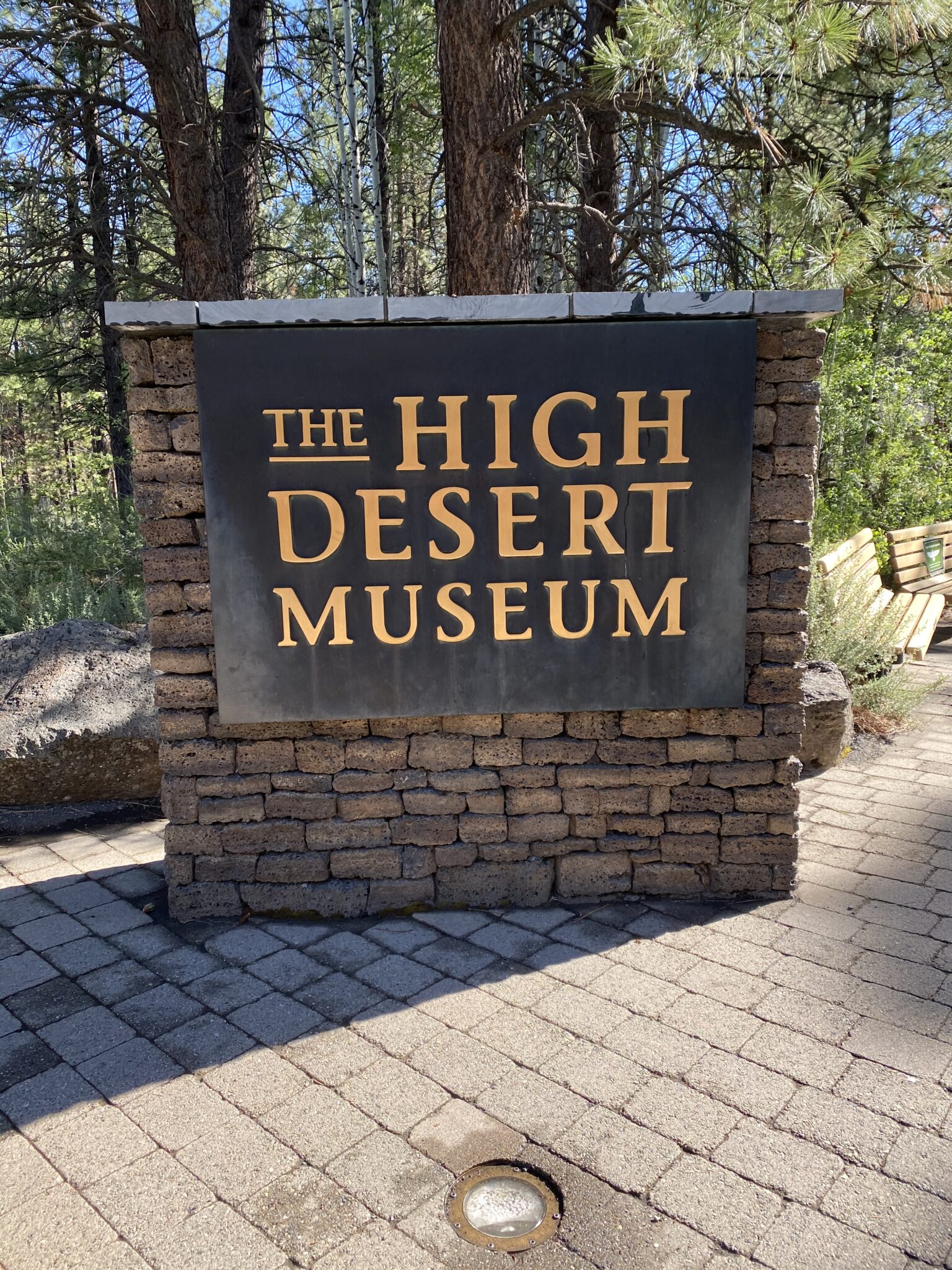
Exhibits included displays portraying human life in the high desert through time, animals of the desert, a family ranch, and a sawmill. We enjoyed a talk about a gyrfalcon and a presentation about six birds of prey. The animals in the museum cannot be released into the wild because of injury or imprinting on humans. We did not get names of some of the animals and apologize for that. Next time . . .
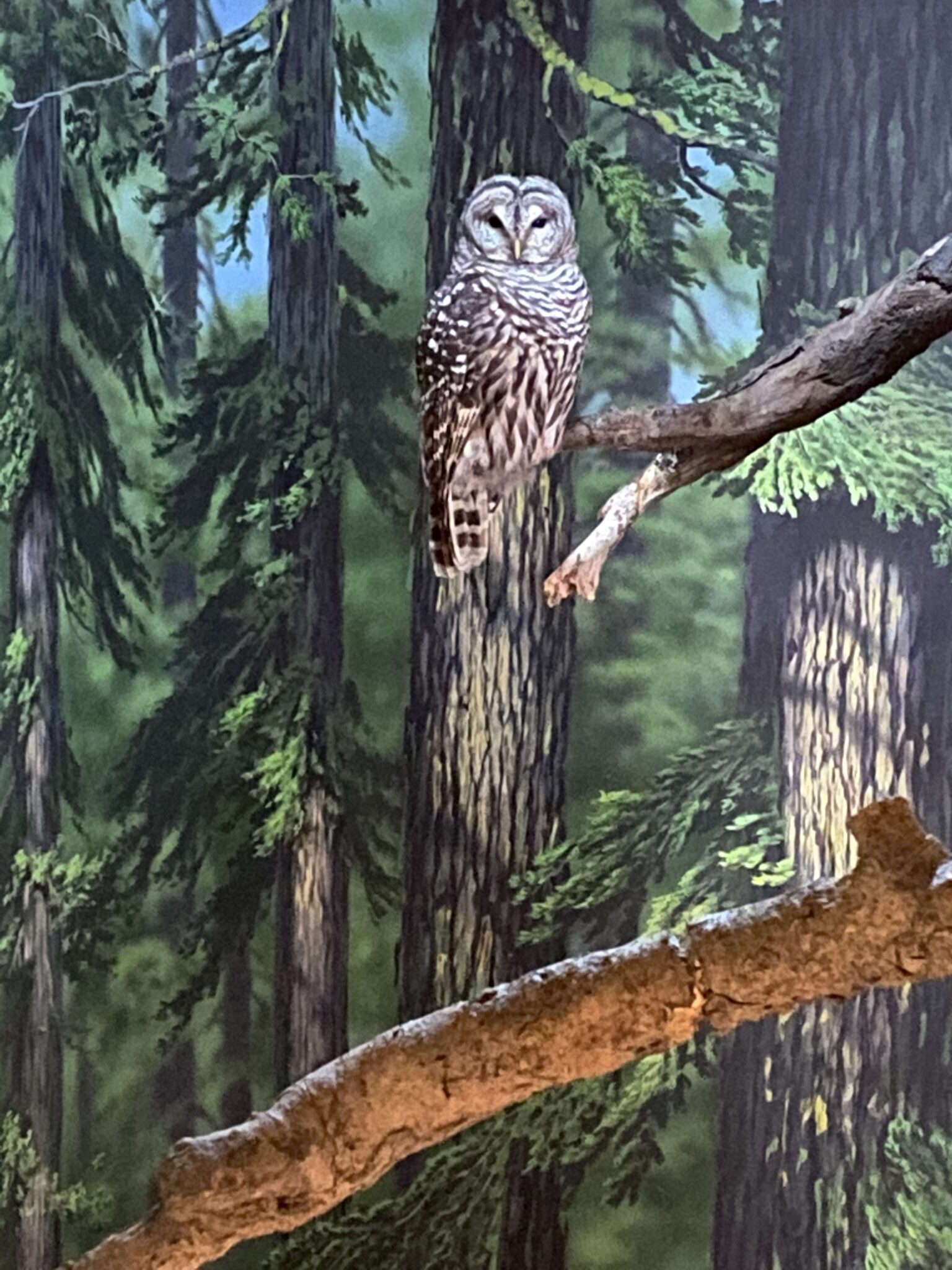
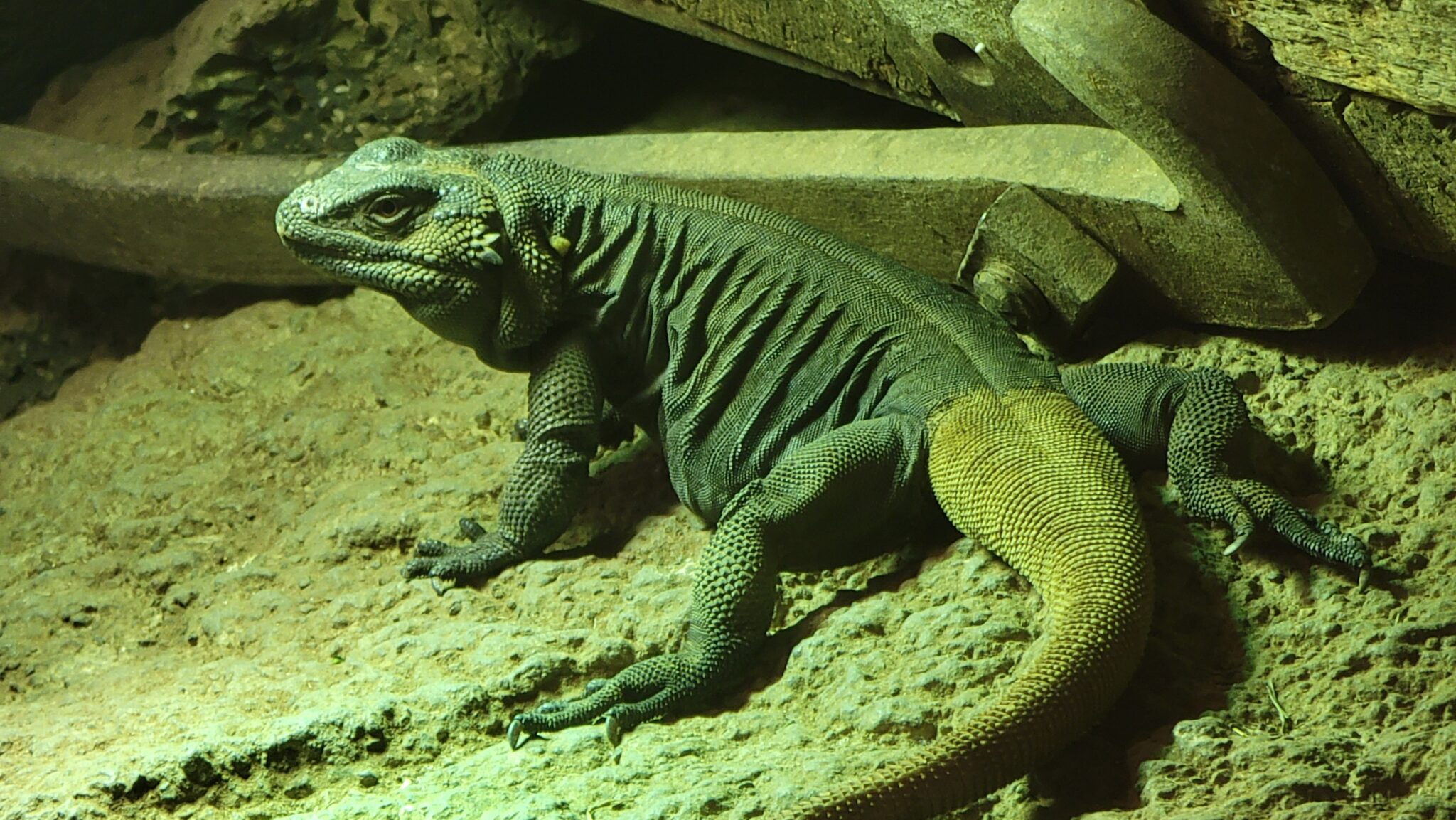
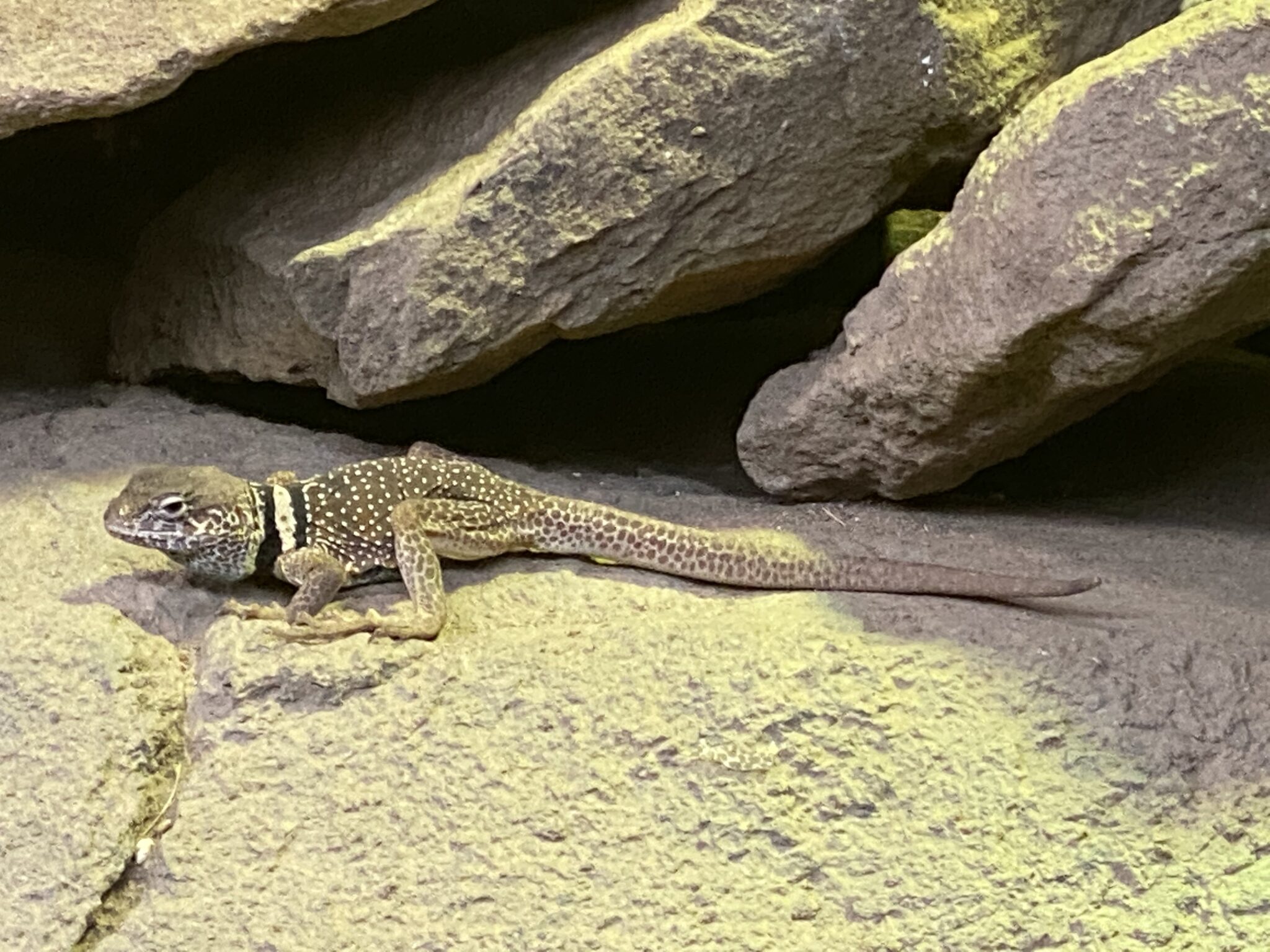
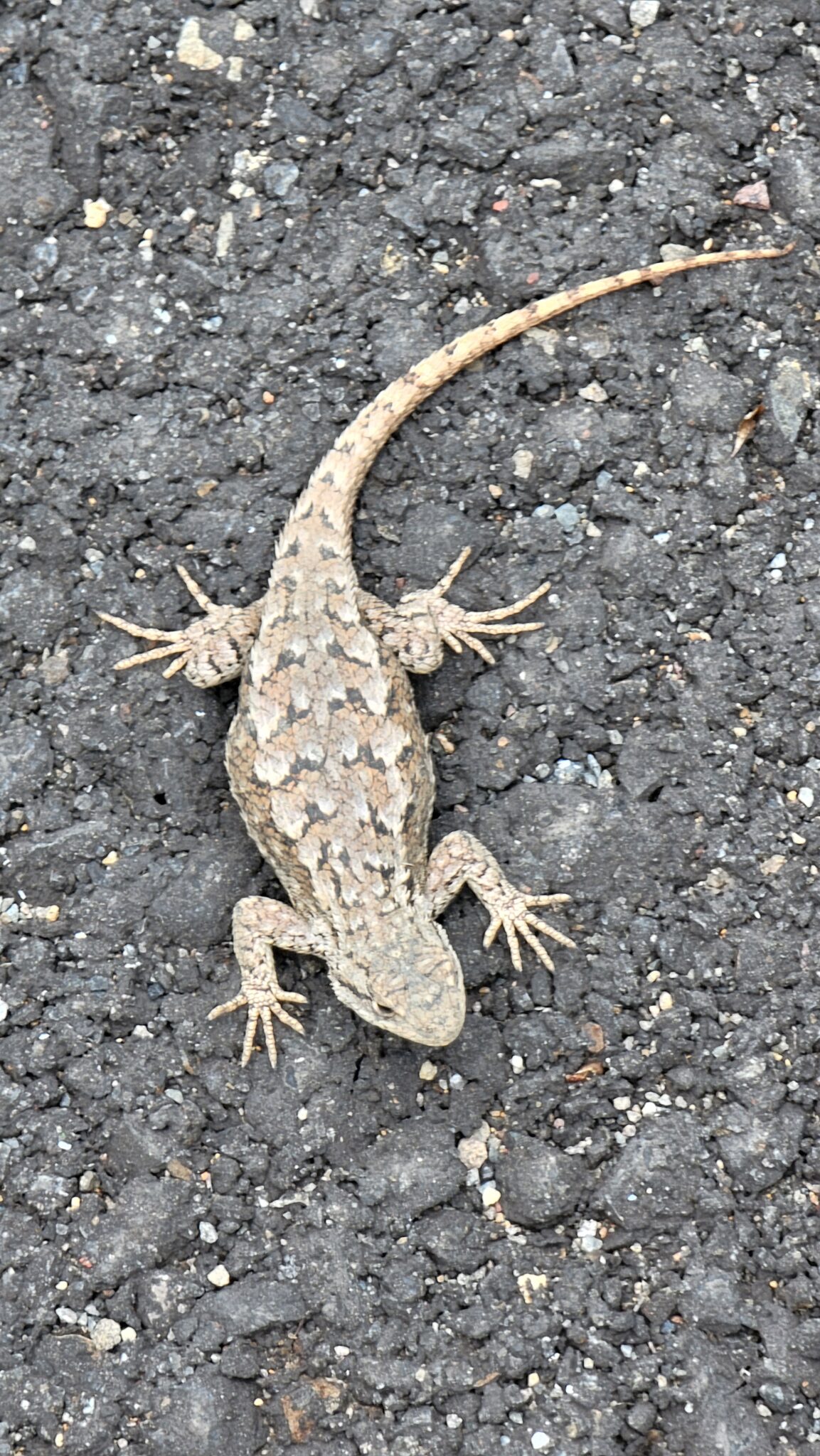
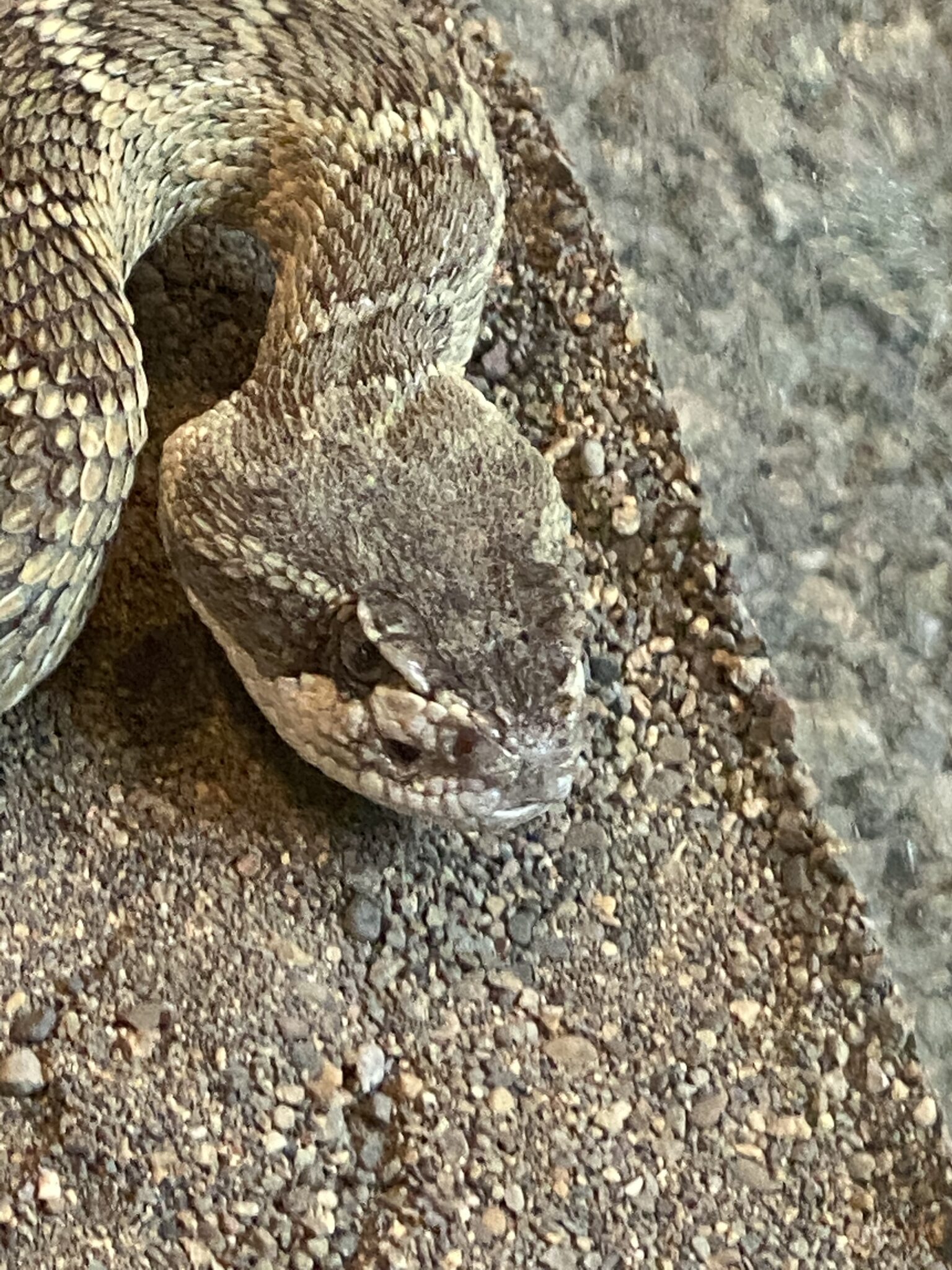
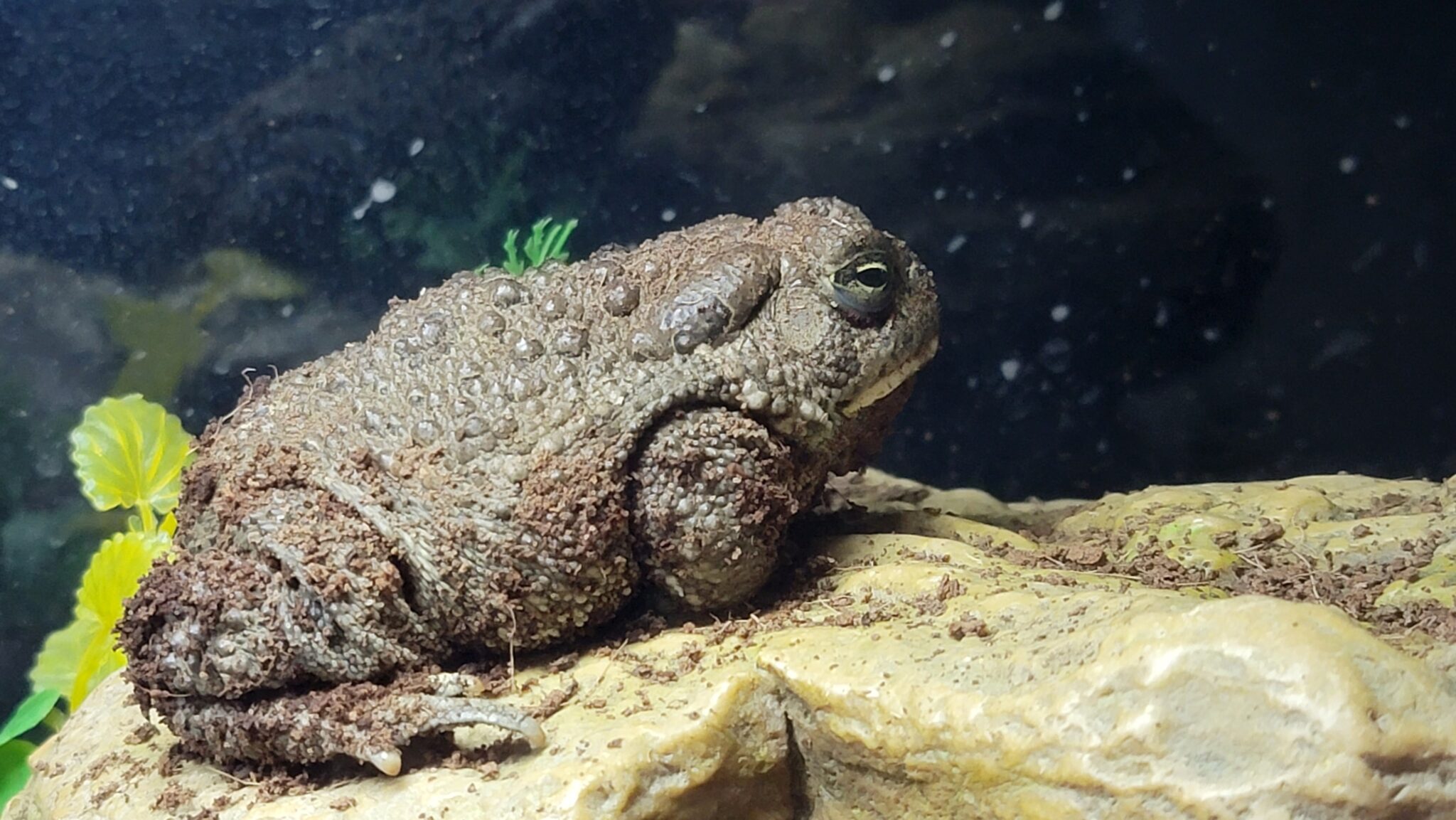
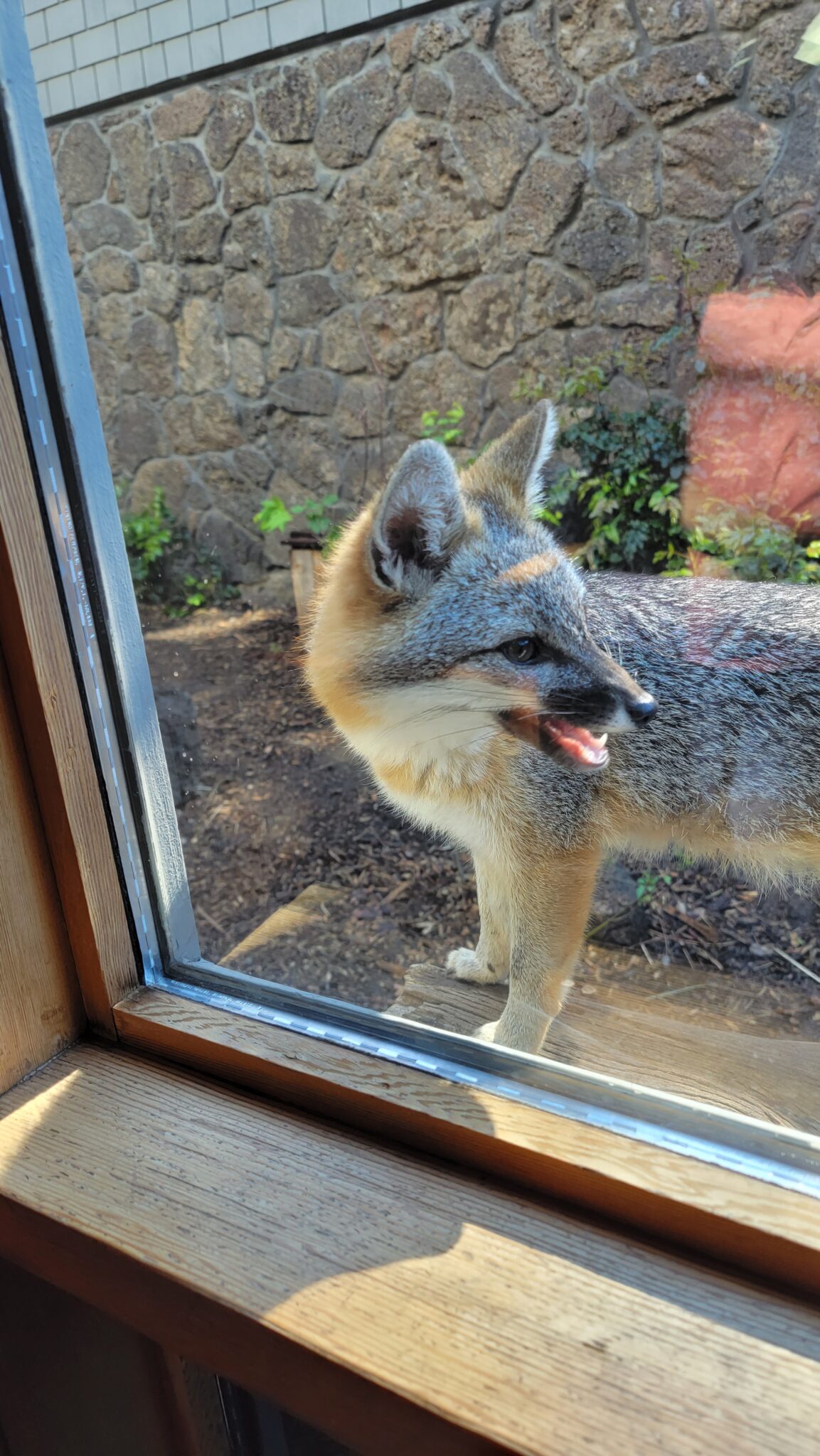
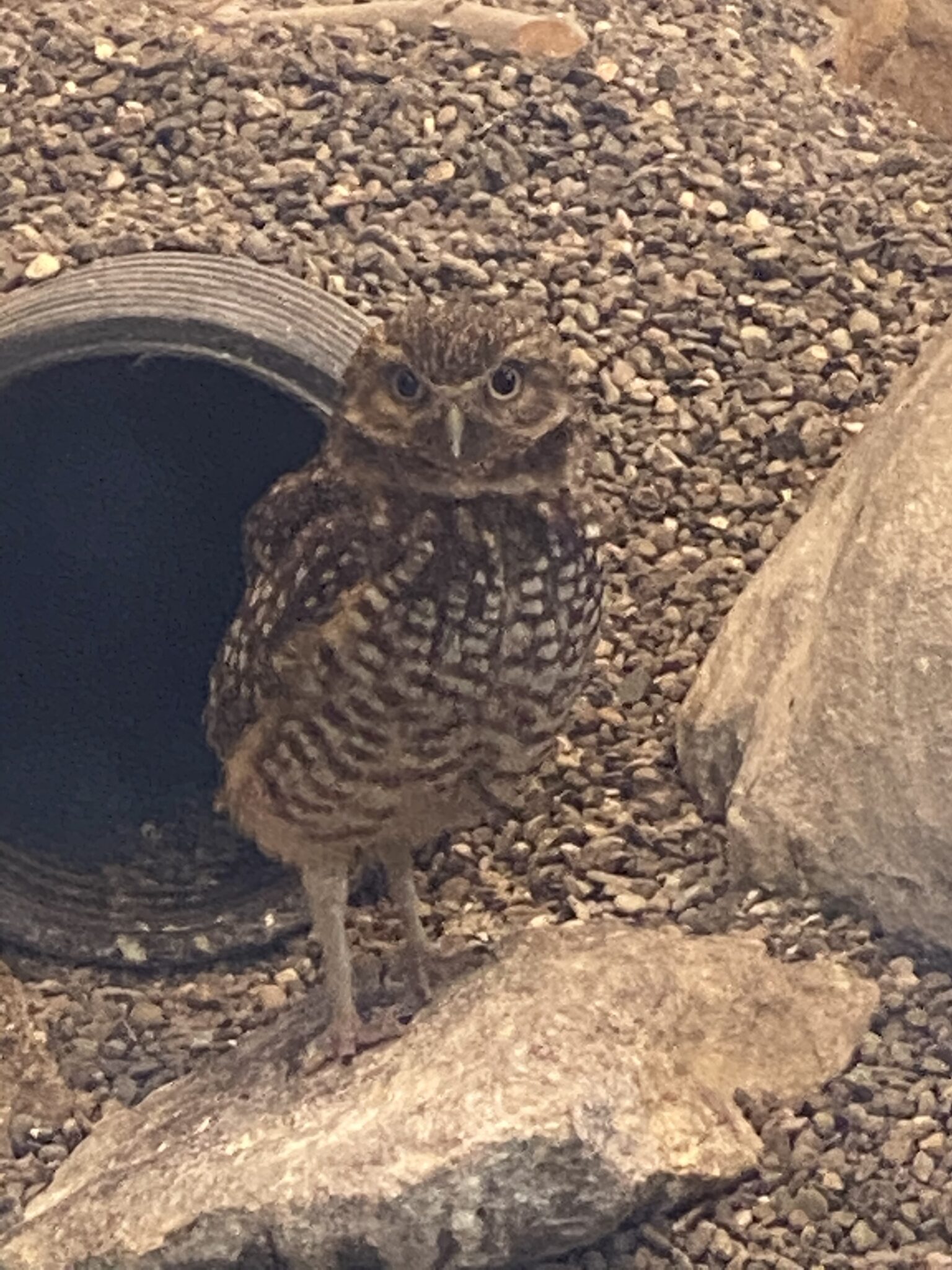
A museum intern introduced us to a gyrfalcon.
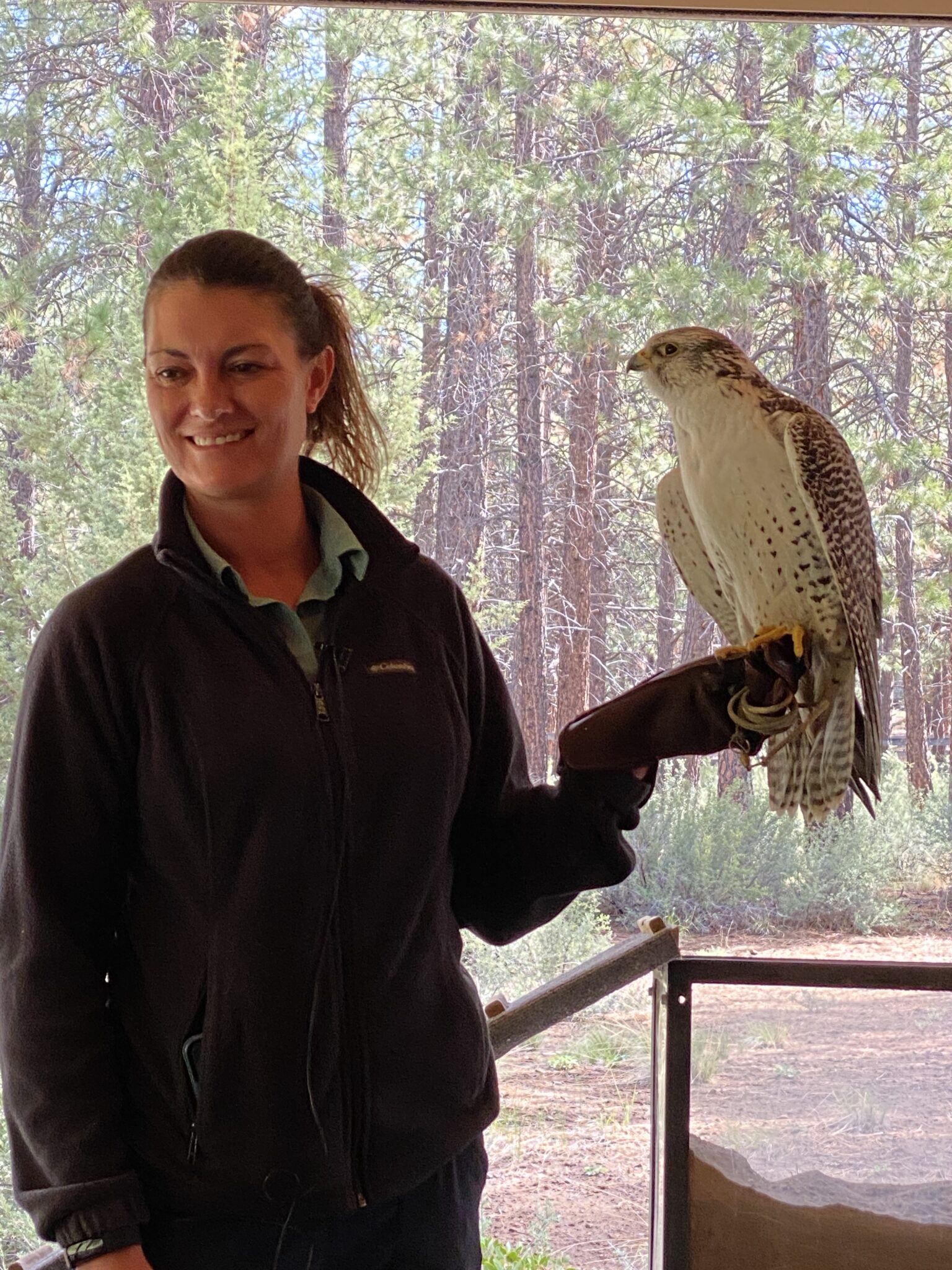
At a birds of prey exhibition, we saw five birds in free flight and one in training.
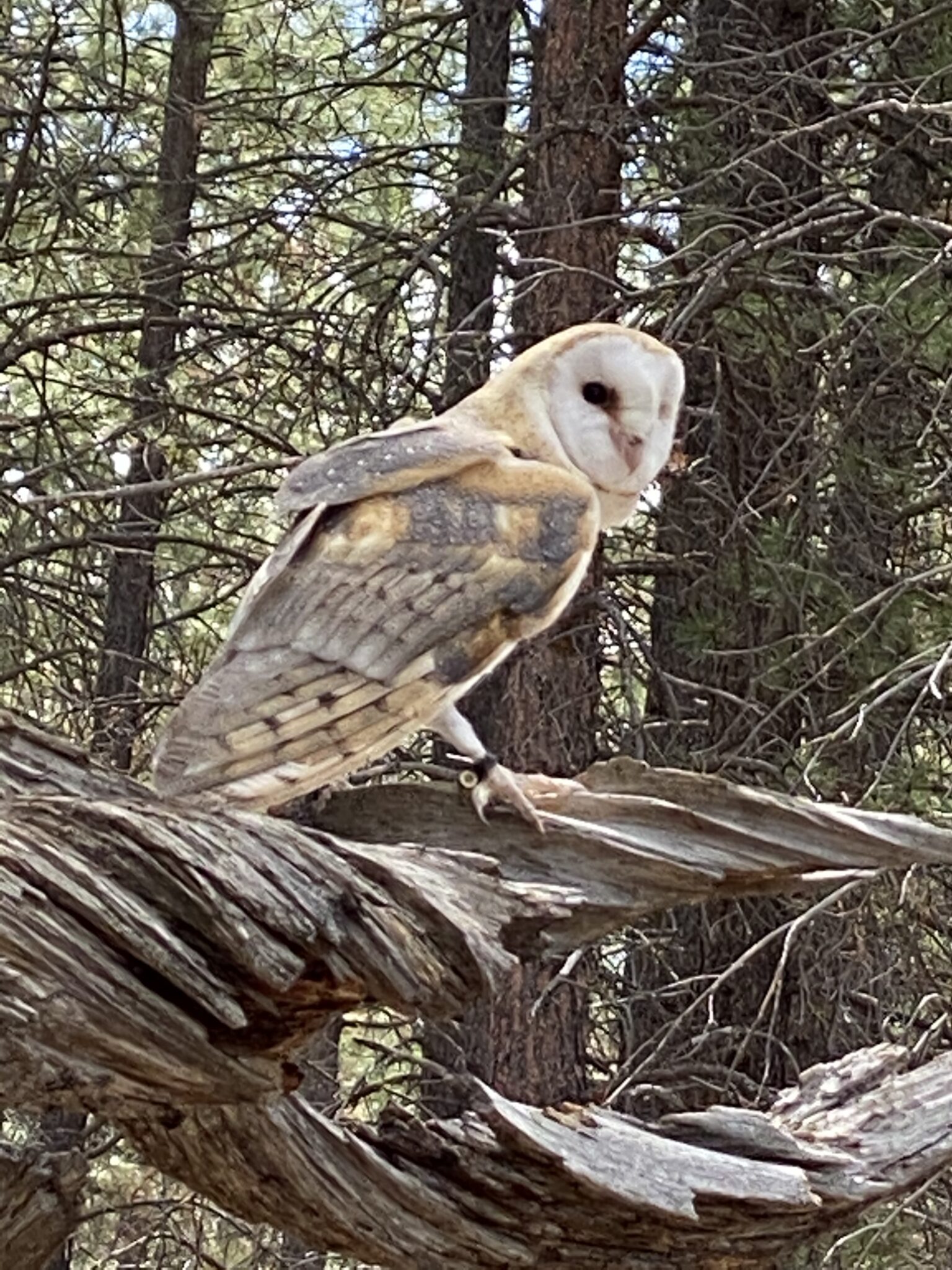
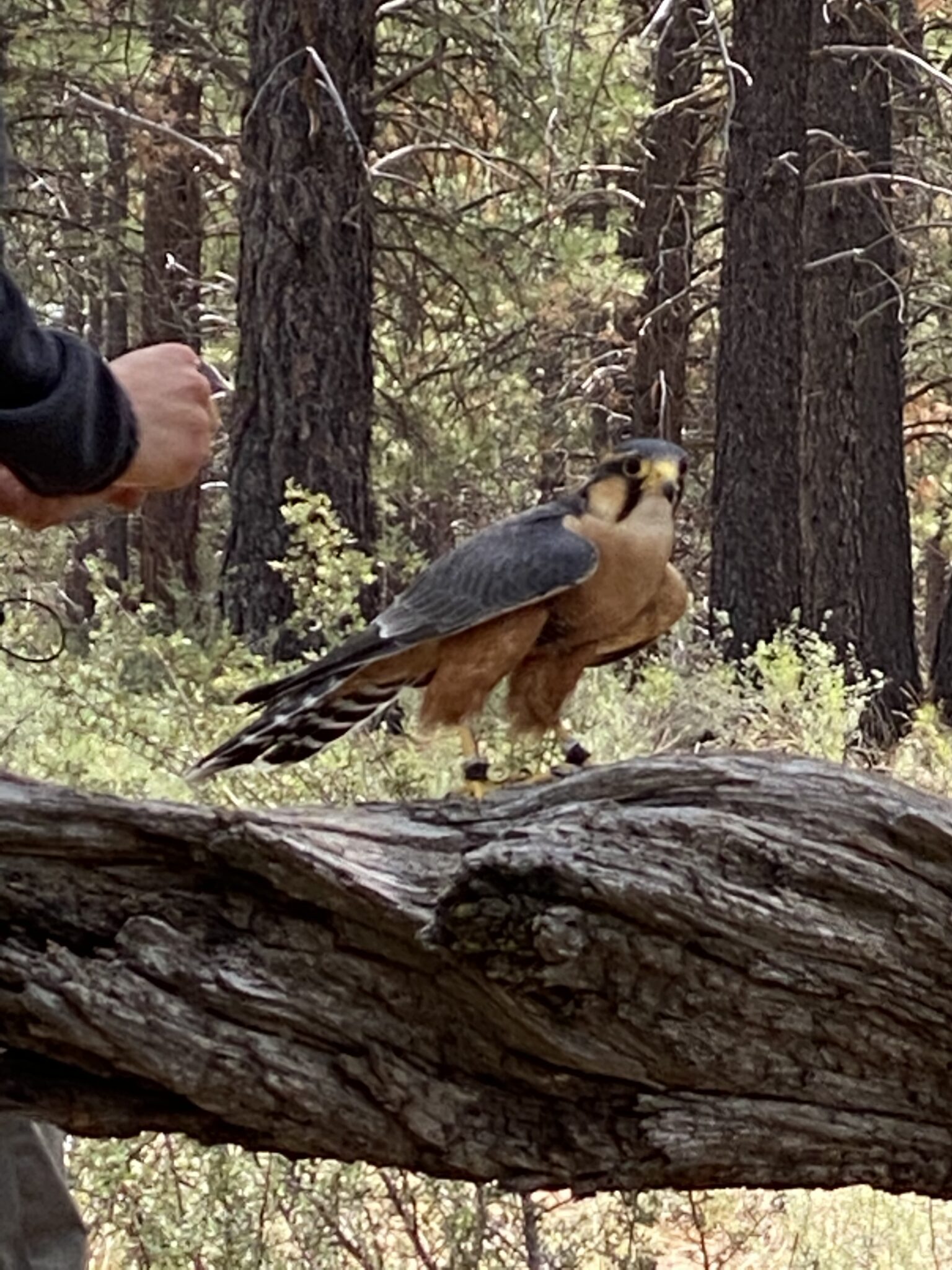
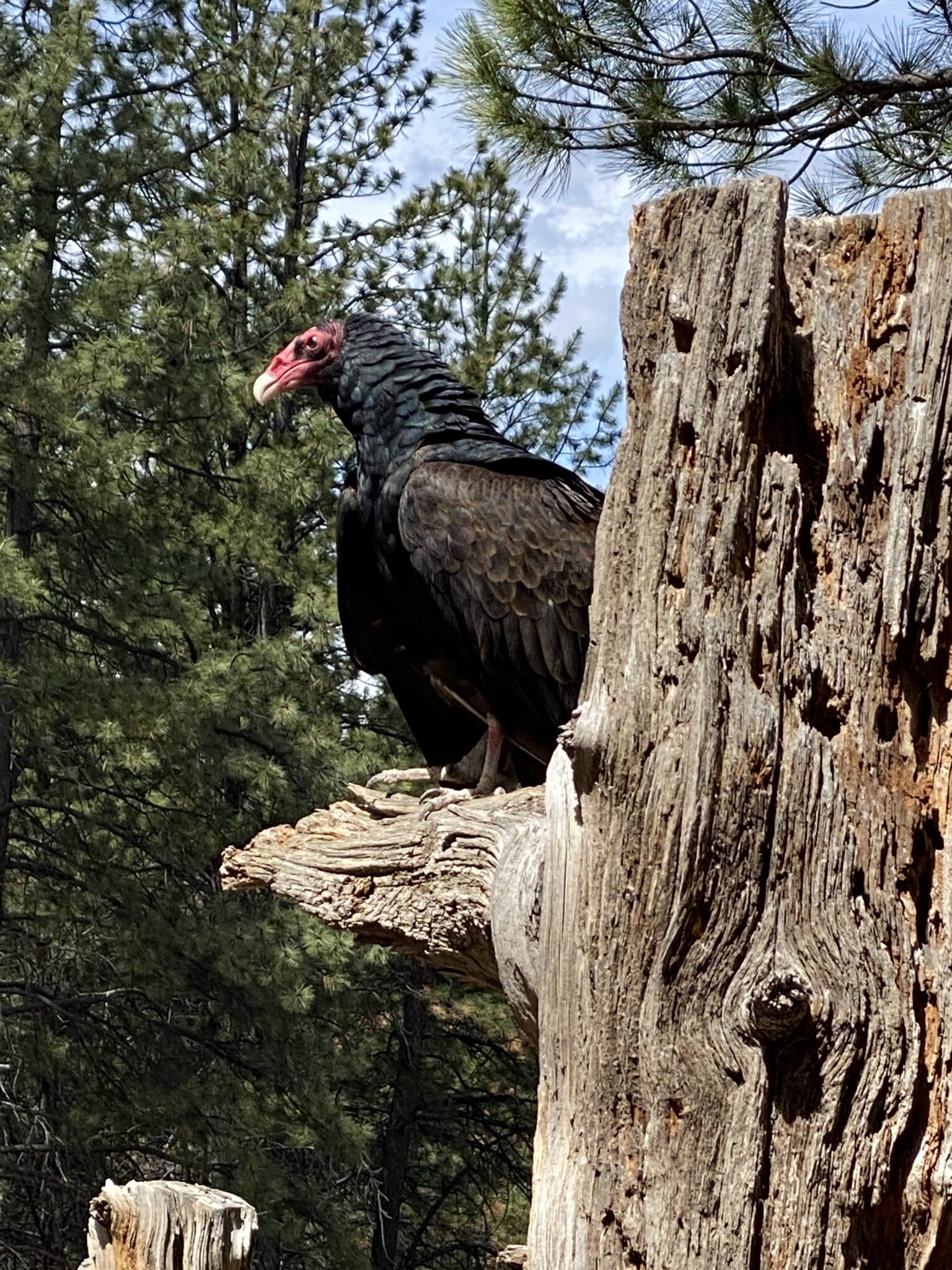
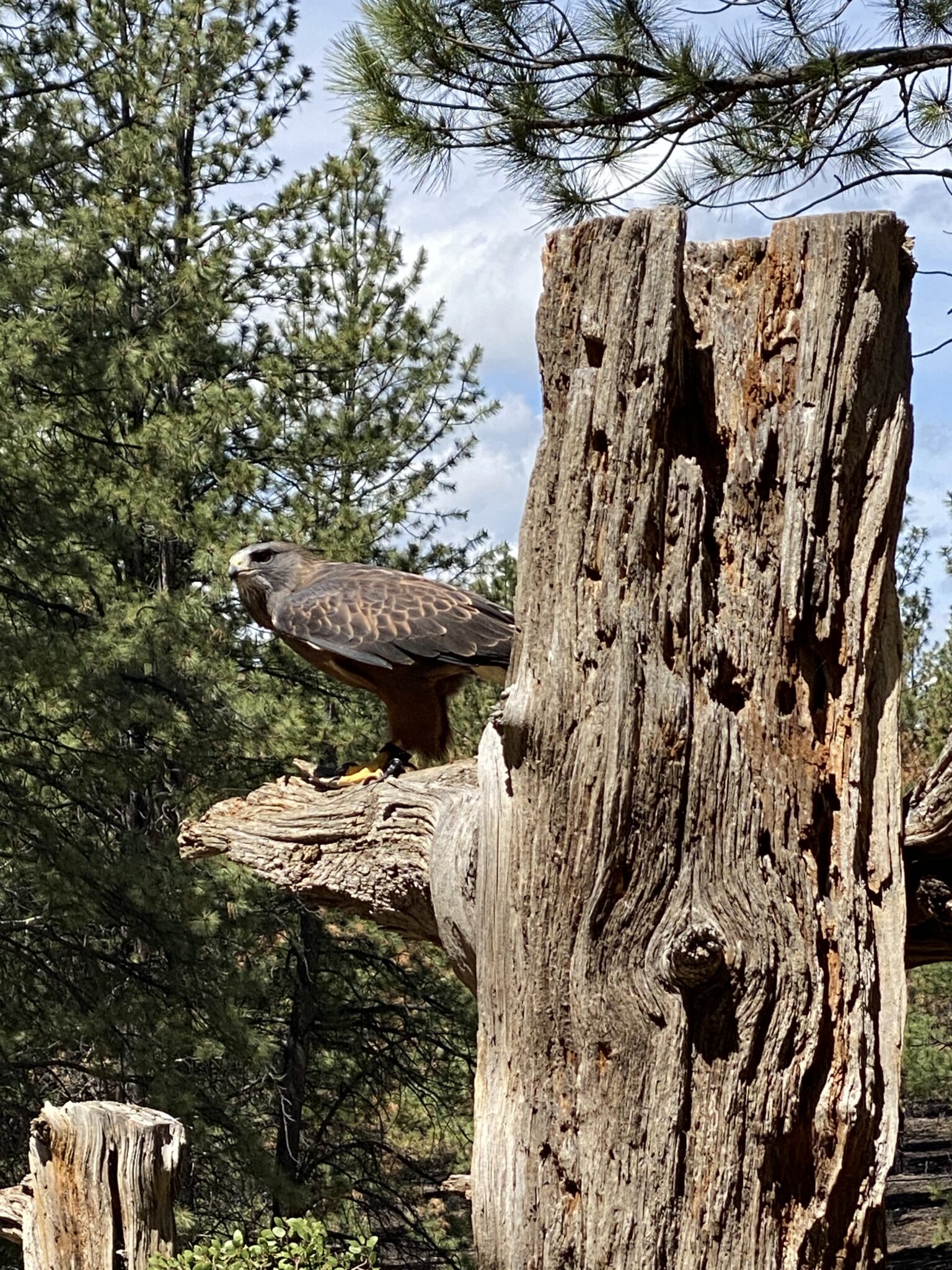
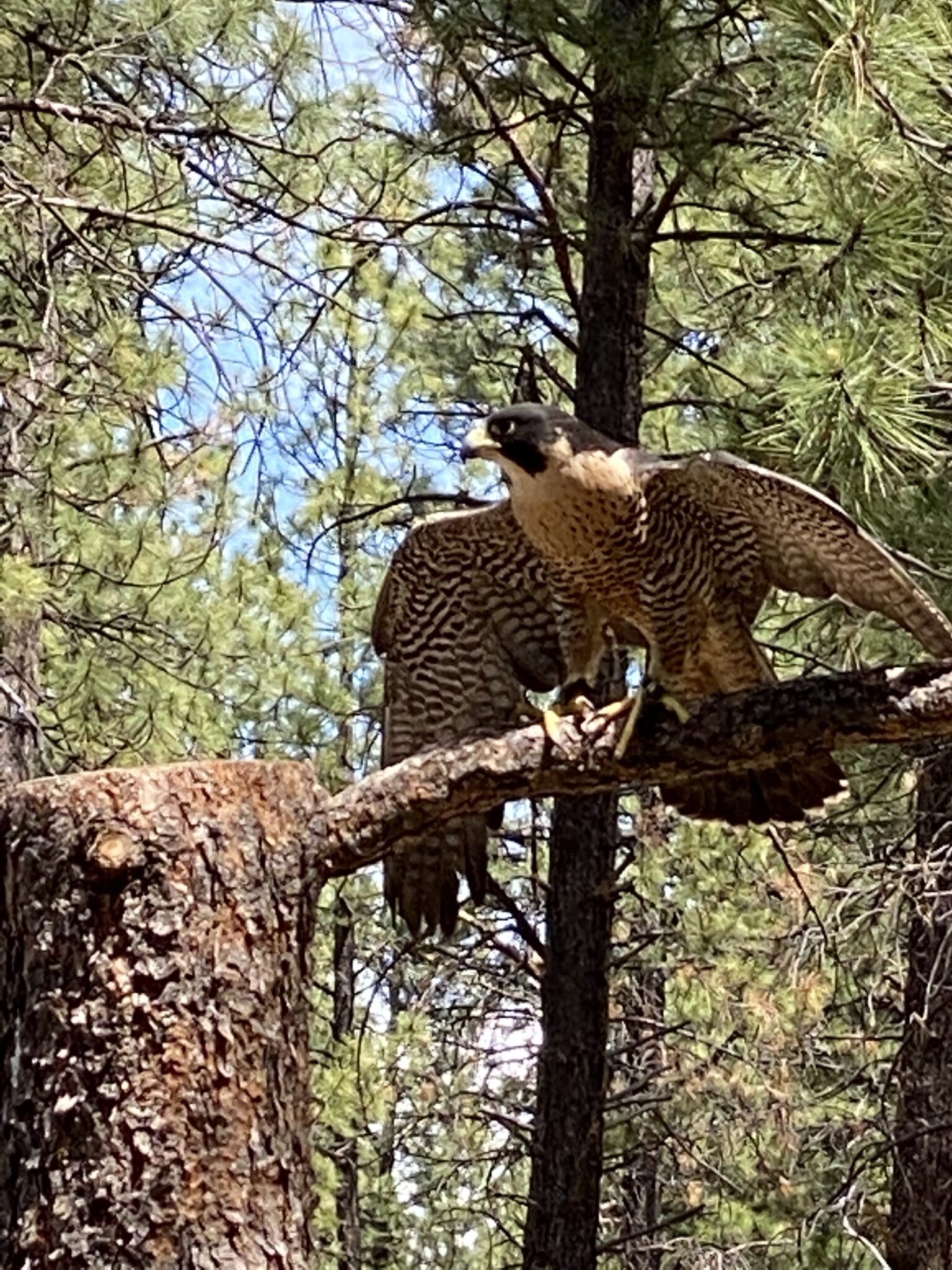
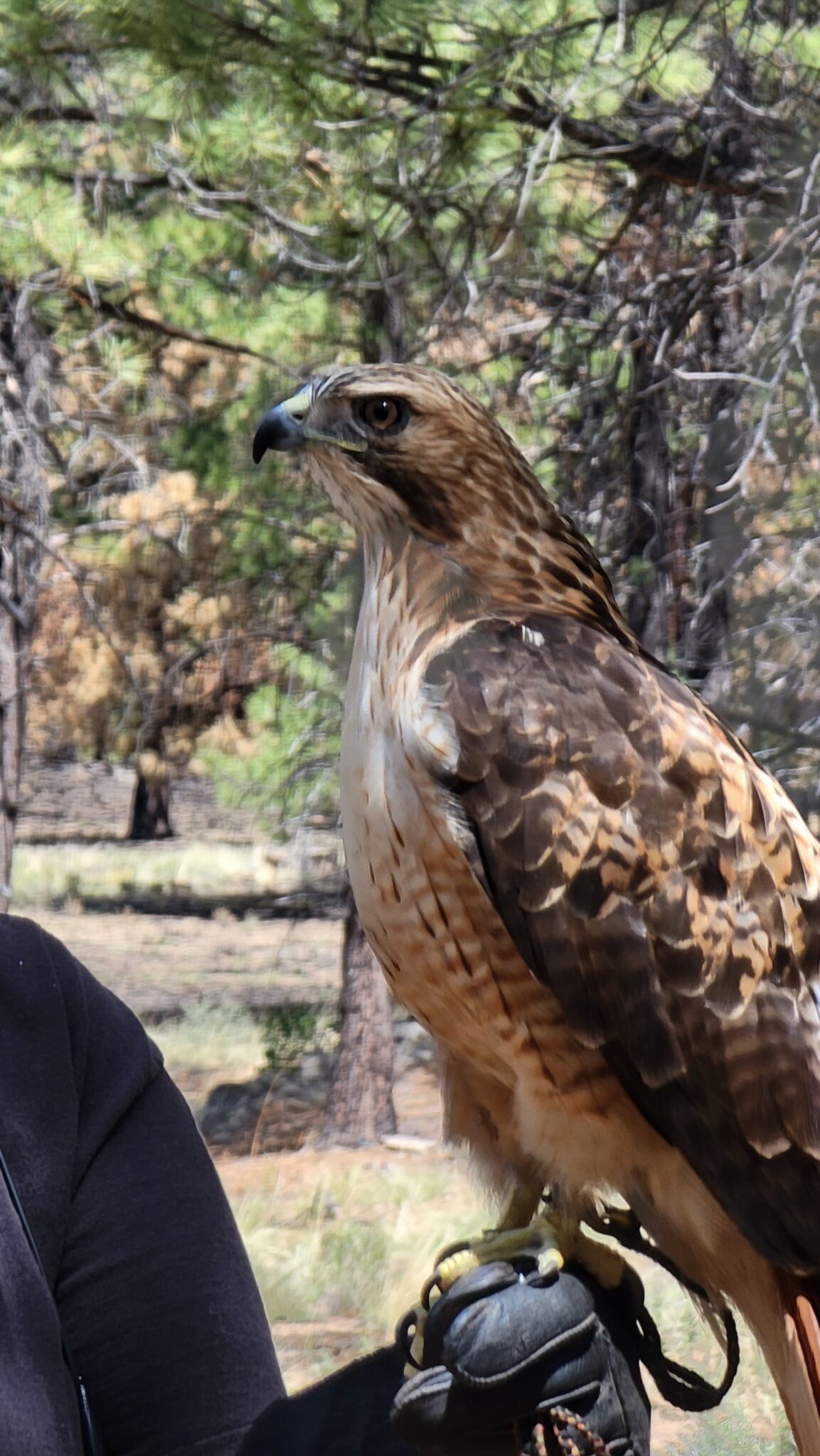
The picture below is a picture of a thin section of basalt from nearby Lava Butte seen through cross-polarized light. The crystals formed inside the earth and the ground mass cooled above.

We close with good advice any time humans may be tempted to interact with wild animals.
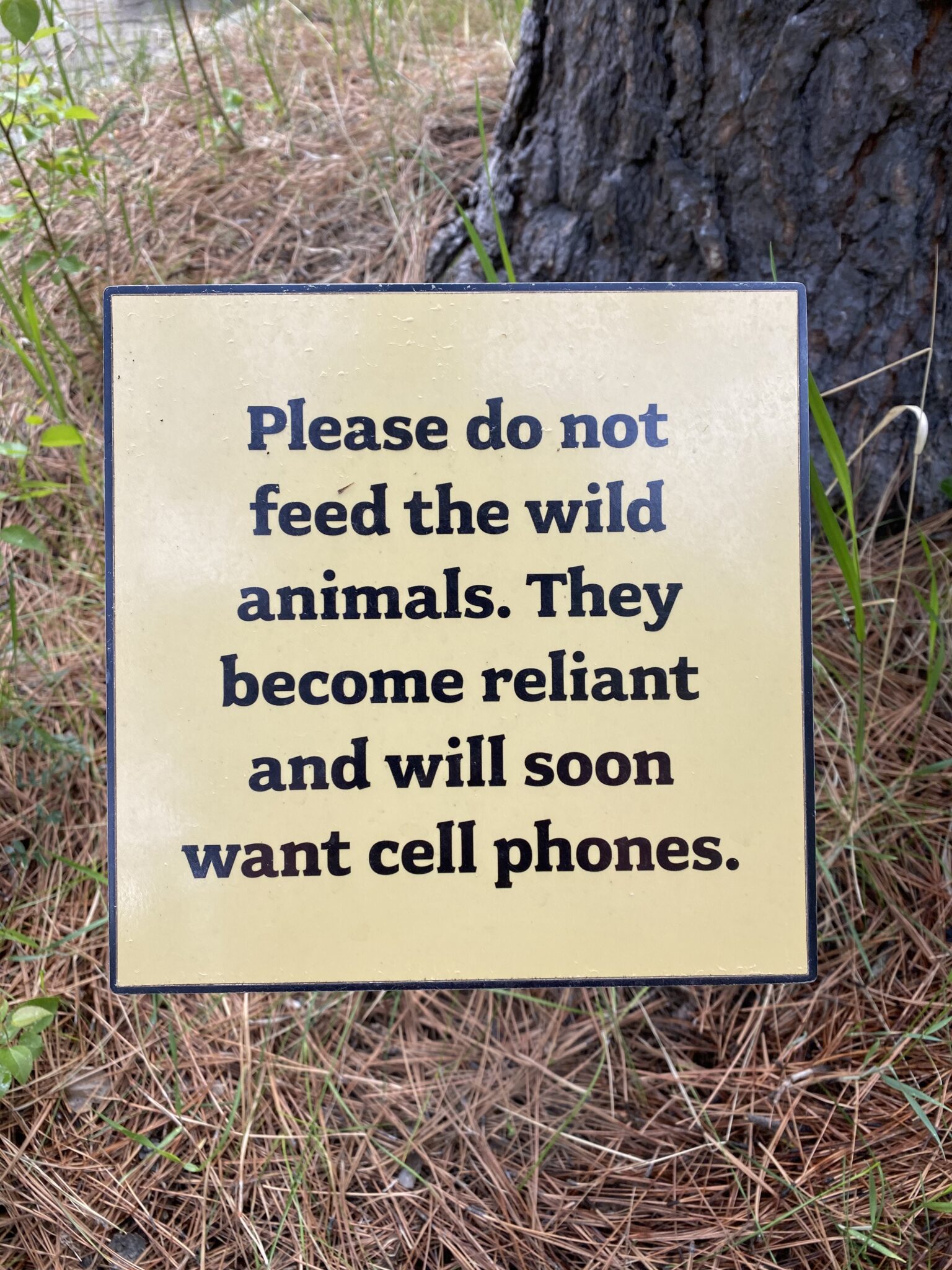

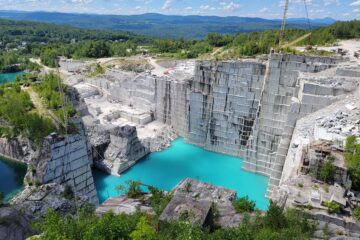

2 Comments
Susan · June 24, 2021 at 10:50 am
Love the raptors but you can keep the reptiles. I am curious about the basalt picture. Can you buy pieces of basal that look like that or is it the cross polarization that makes it look that way?
Jane Appel · June 24, 2021 at 11:57 pm
The basalt Neil Buckland photographed was an incredibly thin slice that was then photographed with a polarizing microscope. You can buy posters of this and other rocks (he specializes in meteorites).